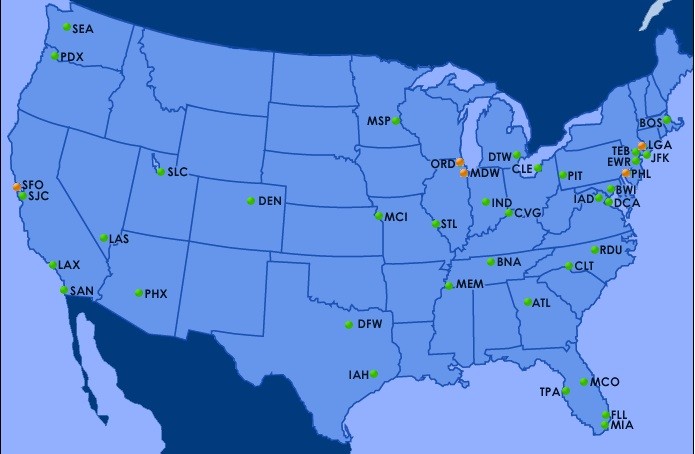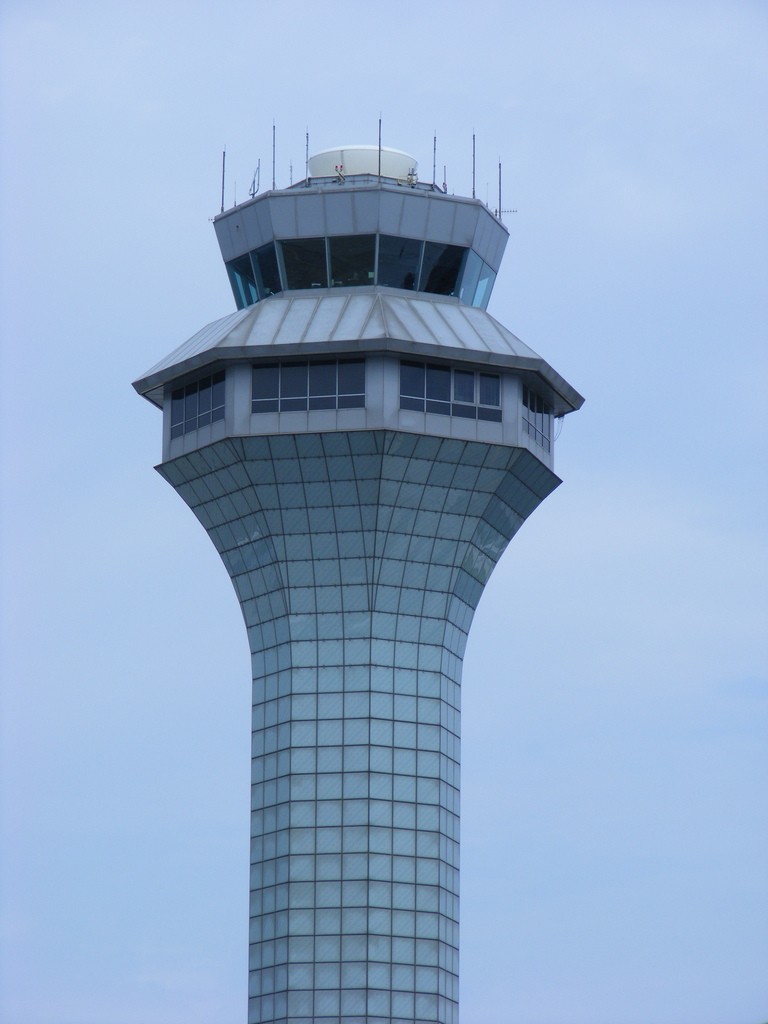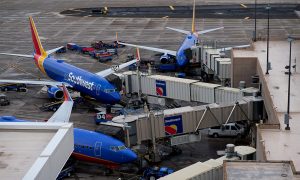This week, the big aviation meltdown that plagued Chicago is finally expected to end. But it turned the Midwest into a nightmare for the Federal Aviation Administration and exposed some key flaws in the FAA’s ability to handle emergencies.
On Sept. 26, a disgruntled contract employee at the Aurora, Ill., air route traffic control center allegedly cut wires and started a fire after a suicide attempt.
As a result, the center’s automation platform and the Federal Aviation Administration’s (FAA) network that handles tasks including surveillance and flight-plan data to controllers’ screens, contact with air traffic controllers and pilots and other facilities in the region that cover plane movements were no longer functional.
That forced the FAA to shut down Chicago O’Hare and Midway airports, with nearly 5,000 flights canceled and causing a ripple effect across the country. Flights through Chicago were subject to delays for days. Other flights that normally would fly over Chicago were routed away, to help lighten the center’s workload.
I happened to be attending the Online News Association’s conference in Chicago at the time, and we had speakers who didn’t make it at all or arrived much later than planned, via alternate routing. I made it home fine three days after the incident, but there were plenty of travelers who were still trying to rebook their original flights.
The fire left the FAA scrambling to get what is seen as an antiquated ATC system back up and running. It also left airlines trying to make order from the chaos to get planes back in the air and get passengers to and from O’Hare. Their jobs reminded me of this clip from the 1995 movie, “Apollo 13,” starring Tom Hanks.
The FAA’s ATC system has been the subject of updates for more than 20 years. In the early 1990s, the agency unveiled NextGen, an effort to modernize the air traffic control system. According to the agency, aircraft are flying indirect routes over radar towers, technology that dates back to World War II. NextGen is an upgrade of that system to satellite-based navigation
NextGen will let pilots know the precise locations of other airplanes around them, allowing more planes to be in the sky safely. It will also allow pilots arrive at airports more predictably and more efficiently, and allows them to get to gates faster.
But implementation of NextGen has been plagued by delays, funding woes and cost overruns. Key components of NextGen affected include:
- The Wide Area Augmentation System, an air navigation aid, was started in January 1998 and scheduled to be completed by August 1999. However, the third of four phases was only completed in 2013.
- En route Automation Modernization is an FAA ATC system designed to allow faster processing of route requests and in flight route changes. It was launched in June 2003 and scheduled to be completed by December 2010. It was completed in June 2014.
- Phase 1 of the Next Generation Air/Ground Communication System Segment, which handles communications between ATC and pilots. It was launched in September 1998 and scheduled to be completed 10 years later. It received a final investment decision from the FAA in May 2012.
NextGen was originally budgeted at $40 billion. The FAA’s fiscal year 2015 budget request includes $836 million in base Nextgen funds, a drop of 7.2% over the FY 2014 request. But it also includes $186 million in flexible NextGen funding. There is still plenty of money to be spent, and this is an ongoing story for business journalists.
RESOURCES
In case you’d like to get some information about NextGen, here are some places to check.
Federal Aviation Administration: National Airspace System
Capital Investment Plan, Appendix B, Fiscal Years 2014 – 2018
Report: “FAA’s Progress and Challenges in Advancing the Next Generation Air Transportation System”











